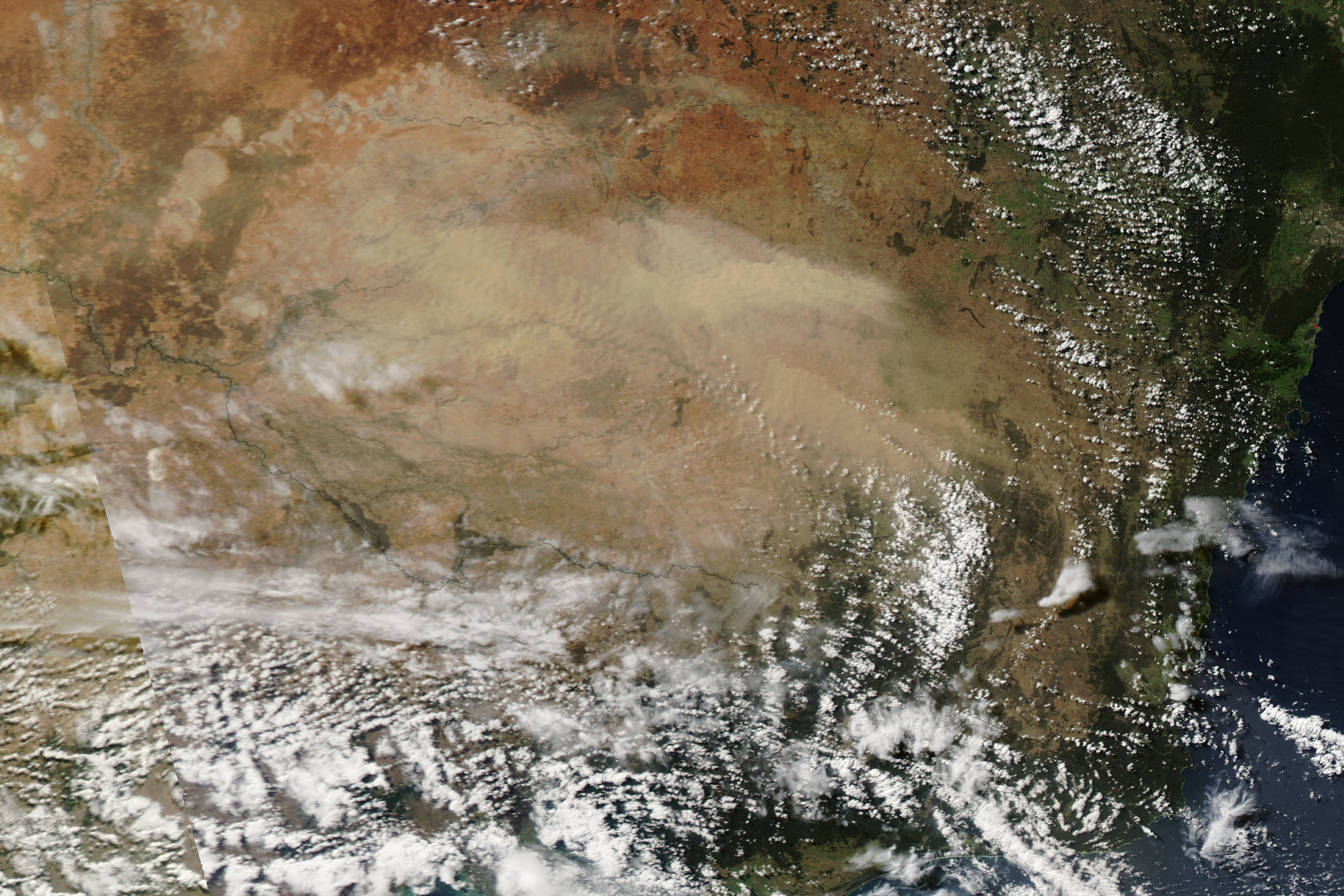Changes in the polar jet circulation bring more dust from the Sahara Desert to the Arctic, causing temperatures to rise and ice to melt in Greenland
Research scientists at NYU Abu Dhabi, along with other global researchers, have identified a new mechanism by which warm dust travels from the Sahara Desert to the Arctic Circle, which has been proven to affect rising temperatures and ice melt in Greenland.
Their findings highlight the role that the polar jet and associated atmospheric circulation plays in the transport of mineral dust from the Sahara desert to the Arctic across eastern side of the North Atlantic Ocean.
A meandering polar jet was discovered as responsible for both the emission and transport of dust from Northwest Africa to the Arctic. The emission has been linked to an intense Saharan cyclone that formed in early April 2011, which was caused by the intrusion of an upper-level trough emanating from the polar jet.
The study has found that atmospheric circulation of this nature enables the transport of dust, warm and moist air masses from subtropics and mid-latitudes to the Arctic, where approximately half of the warming is now being attributed to increased moisture and heat fluxes transported to the region.
The warm and moist air masses accompanying the Saharan dust caused a rise in surface temperature of 10C for more than three consecutive days upon reaching southeastern Greenland. Subsequent temperature observations detected increased melting within the ice across this same area.
“The polar jet stream has been identified as the main driver for such events leading to the transport of large amount of dust to high-latitudes,” said Diana Francis, atmospheric scientist at NYU Abu Dhabi and lead research scientist in this study.
“If the polar jet is set to slow more frequently due to the changes in the Arctic climate system and to the Arctic Amplification, such events are expected to become more frequent,” Francis added.
The newly discovered poleward route is considered the most substantial in terms of dust load import into the Arctic, due to the minimal geographical distance between the origin point and the destination.
‘The impact of dust deposition on ice in Greenland, such as darkening ice and formation of algae on ice or cryoconite, as well as the link between Saharan dust transport and the Arctic heat dome must be investigated further in collaboration with scientists in UK and Germany,’ Francis emphasized.



























